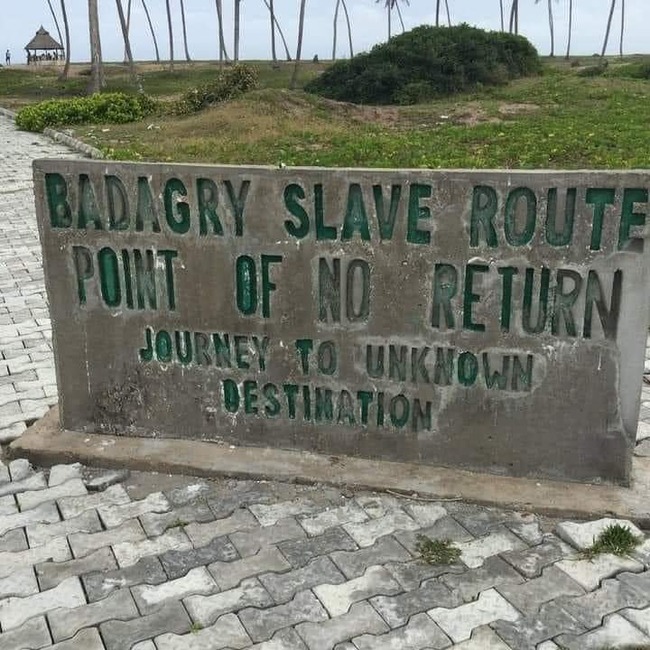Badagry, a coastal town in Lagos, Nigeria, has a dark history of being a major center for the transatlantic slave trade. The slave trade began in the 15th century when Portuguese traders arrived in West Africa, and over time, other European powers like Britain, France, and Spain established a foothold in the African continent. Badagry soon became a hub for slave traders, where numerous slave-making factories were established along the coast.
The town saw the capture, enslavement, and transportation of millions of Africans into the Americas as slaves before the transatlantic slave trade was officially abolished on January 1, 1808. It is believed that over 550,000 slaves were transported from Badagry and other ports in West Africa during the trade’s peak period.
READ ALSO: Badagry, the Cradle of Civilization in Nigeria
Several landmarks remain as relics of the town’s dark history, including the town’s Slave Port, the Slave Route, and the Point of No Return. The Slave Port is where enslaved Africans were kept before being transported into slave ships. The Slave Route marks the path that the slaves took from the port to the beach, while the Point of No Return was the spot where slaves parted ways with their families forever, leaving behind their African heritage.
Today, Badagry is now known for its beautiful beaches and tourist attractions but remains a significant hub for Black heritage tourism. The town also serves as a reminder of the harrowing experience of millions of Africans during the transatlantic slave trade era.

